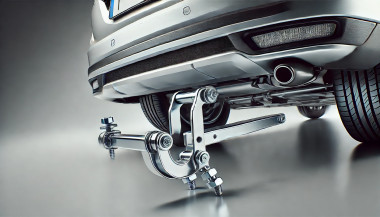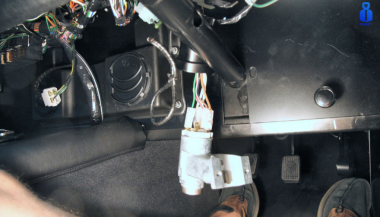When it comes to car ownership, most of us are pretty diligent. We make sure our insurance is up to date, change the oil like clockwork, and even rotate our tires to avoid any wear and tear. But there’s one crucial aspect that many car owners overlook: having a spare key.
It seems like a small detail, right? Yet, nearly 40% of car owners don’t have a backup key for their vehicle. And that’s a huge risk. Why? Because losing your only car key can cause a headache you’re not prepared for—and it’s a lot more common than you might think.
The Hidden Dangers of Only Having One Car Key
It’s easy to get comfortable with just one key. After all, it’s always in your pocket, bag, or hanging on your keychain. But life happens. Keys get lost, misplaced, or even stolen, and when that happens, you’re looking at a nightmare scenario. Here’s why:
Costly Lockouts: Lose your key, and you’re locked out of your car, stranded until you can get help. Calling a tow truck or emergency locksmith is not only frustrating but can cost you hundreds of dollars.
Inconvenient Delays: Have an important meeting? Picking the kids up from school? With only one key, losing it means your entire day—or week—grinds to a halt.
Damaged Key, No Backup: Keys wear down over time, and if you only have one, a damaged key could lead to ignition problems. Suddenly, your car won’t start, and now you’re stuck paying for both a repair and a replacement.
Security Risk: Lost keys are more than just a hassle—they’re a potential security threat. If your key falls into the wrong hands, your vehicle becomes vulnerable.
The Pricey Locksmith Option
Once you’re locked out or your key is lost, your options become limited—and expensive. Going to a local locksmith is one route, but here’s what you’re facing:
High Prices: Traditional locksmiths can charge anywhere from €150 to €400 just to cut and program a new car key. Depending on your car model, it could be even more.
Inconvenient: Many locksmiths don’t work around your schedule, and waiting for them to arrive or driving to their location takes time you don’t have.
The Smart, Affordable Solution: Mr-Key.com
Fortunately, there’s an easier and much more affordable option—Mr-Key.com. Instead of paying top dollar and wasting time, here’s how you can get a spare key in just a few simple steps:
Take a Picture: Simply snap a photo of your existing key.
Send It to Us: Upload the picture to Mr-Key.com using our secure service.
Get Your Key Delivered: We’ll cut a perfect match and deliver it right to your door at a fraction of the cost of a traditional locksmith.
Don’t Wait for a Crisis—Get Your Spare Key Now!
Why risk being locked out or paying hundreds when you can have peace of mind for less? Visit Mr-Key.com today and get a spare car key cut from just a picture. It’s quick, it’s easy, and it’s affordable. Don’t be part of the 40% that gambles with just one key—protect your car and your schedule with Mr-Key.com!



_1736758937.jpg)

